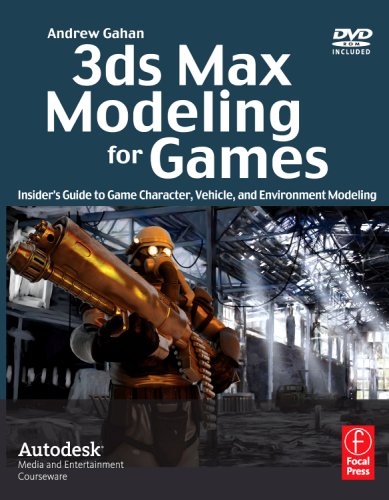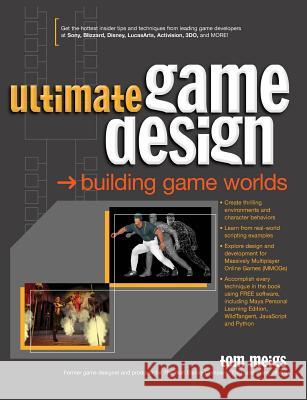Some ideas as to how my project will look. Either by the layout or theme/style that has been used.

This image is almost exactly the same kind of layout that I will be aiming for in my work. A small town with only a few buildings, perhaps with a river and bridge leading off to maybe an Inn, or an abandoned house.
I won't be aiming for model characters however, as my main focus is the modelling and design of the environment.
Here is another image of the same town, just a close-up view on some of the houses. I would like to make houses similar to the style in the image, however these are very detailed and maybe slightly too hard to make in 3ds Max. But I wouldn't mind trying trying though.
For this image, I really like how the models have been made, and find they look very realistic. This is more or less the overall style I'd like my buildings to look like.
The town has been made very well with a good layout, but it's the buildings I like the most.
Here is an image of a blacksmith created in 3ds Max made by the same person as the last image, which is also something I'm aiming to have in my village. Although I'm not a huge fan of how this one looks, I could still use it as reference for when I make mine.
The building seems to look very low-poly too, something I will try to avoid, however not go over the top either.
I really like how this model has been made. It has been modelled very nicely and to a very high standard. Not necessarily something I'll be making for my village, but the shape/style of the barn could still be used as a house for my village instead.
The small cart just in front of the building looks good too, so I may make a similar one and could be used as an 'accessory' in my village.
Simple things like this will be what brings the town to life, and make it look more like people actually 'live' there. It also adds to the realism.
The final image is of an Inn, and I really like how this one has been made. Again, very detailed and shows some of the accessories that the Inn contains on the inside on the outside.
All typical models you would expect to see there, making this a great image for reference and ideas. An Inn is a model that I would make for my village, so this image is perfect.















